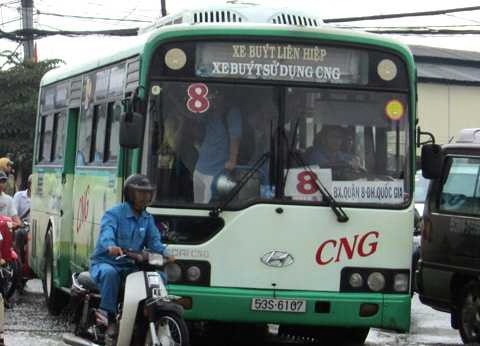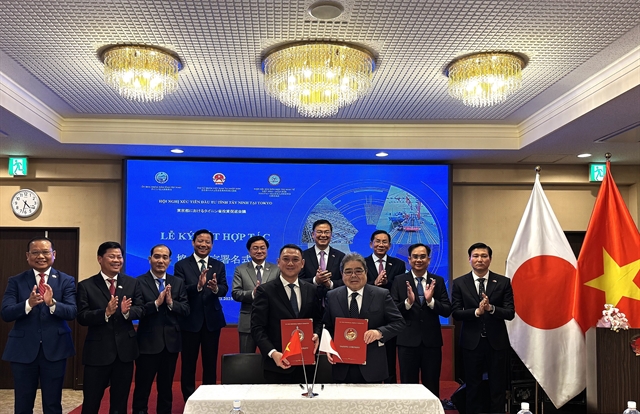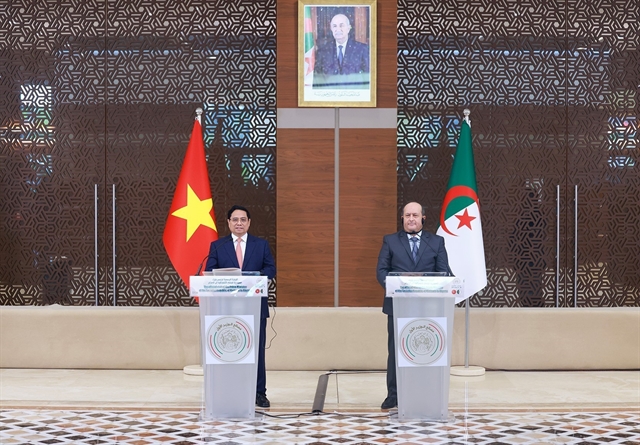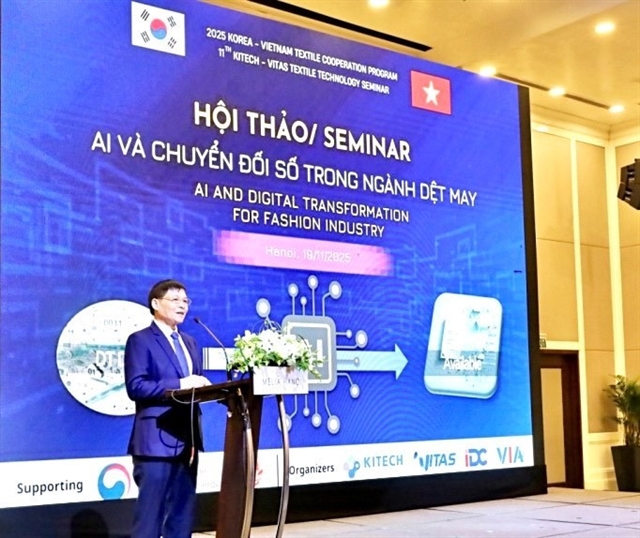 Society
Society

The HCM City Department of Transport aims to have 75 per cent of the new buses running on clean fuel by the end of 2020.
 |
| A CNG bus in HCM City. The city targets having 75 per cent of new buses running on CNG by the end of 2020. VNA/VNS Photo Mạnh Linh |
HCM CITY — The HCM City Department of Transport aims to have 75 per cent of the new buses running on clean fuel by the end of 2020.
Under a plan to buy 1,680 new buses for the 2018-20 period, the city expects to have more than 1,000 of the buses running on compressed natural gas (CNG) by the end of 2020.
However, the plan has faced insufficient subsidies, lack of financial support from the city, and setbacks in building CNG fueling stations, according to the department.
Because of the lack of investment in CNG fueling stations and attractive subsidy incentives, only 428 CNG buses were operating as of the end of last year.
CNG vehicles cost 20 per cent more than normal buses, according to bus companies.
For instance, the price of an 80-seat bus using gasoline is about VNĐ2.4 billion (US$103,437), while a CNG bus of the same size costs VNĐ2.75 billion.
The city has yet to implement a subsidy incentive for environmentally friendly vehicles.
Nguyễn Văn Thảo, director of Transport Cooperative No 15, said the subsidy level for CNG buses was the same as that of gasoline-fueled vehicles.
To cut costs, most transport firms and cooperatives are buying diesel-fueled and gasoline-powered buses instead of CNG buses, he said.
In addition, the city’s four CNG filling stations are all located far from the city centre (in Thủ Đức, Tân Bình, Bình Chánh districts, and District 12), leading to increased operational costs for bus operators and more time for bus refueling.
In addition, transport operators must pay 30 per cent of the cost to buy a bus, and for the remaining 70 per cent, they must take out bank loans with most of the interest rate subsidised by the city, according to Thảo.
However, they have difficulty paying their share of 3 per cent interest on the loans since revenue from the buses are not high.
Solutions
Trần Quang Lâm, deputy director of the Department of Transport, said the department was willing to spend more on CNG buses because they were eco-friendly and that it would work with agencies to resolve challenges for bus services.
The department will ask for assistance from the city People’s Committee to invest in school buses and adjust the subsidy level to reach the goal of having 15-20 per cent of students go to school by bus by 2020.
It will also ask the committee to develop policies to encourage investment in CNG fueling stations.
Trần Chí Trung, director of the department’s Public Transportation Management Centre, said the Transport Department would set up three new CNG fuelling stations.
The three stations will be placed at bus terminals near District 1’s 23/9 Park, Chợ Lớn (Big Market) in District 5, and the District 8 Bus Station.
The city needs a total of 19 CNG filling stations to accommodate the rising number of CNG buses in the coming years, according to Trung. The city has thus far identified 11 possible locations for the stations.
In addition, the transport department has urged the State-owned oil group (PetroVietnam) to stabilise the prices of CNG supplied to public transport companies in the city. It wants PVN to keep CNG prices at 66 per cent of that of diesel.
HCM City aims to replace about 3,120 buses with new buses in the 2018-2020 period. — VNS




